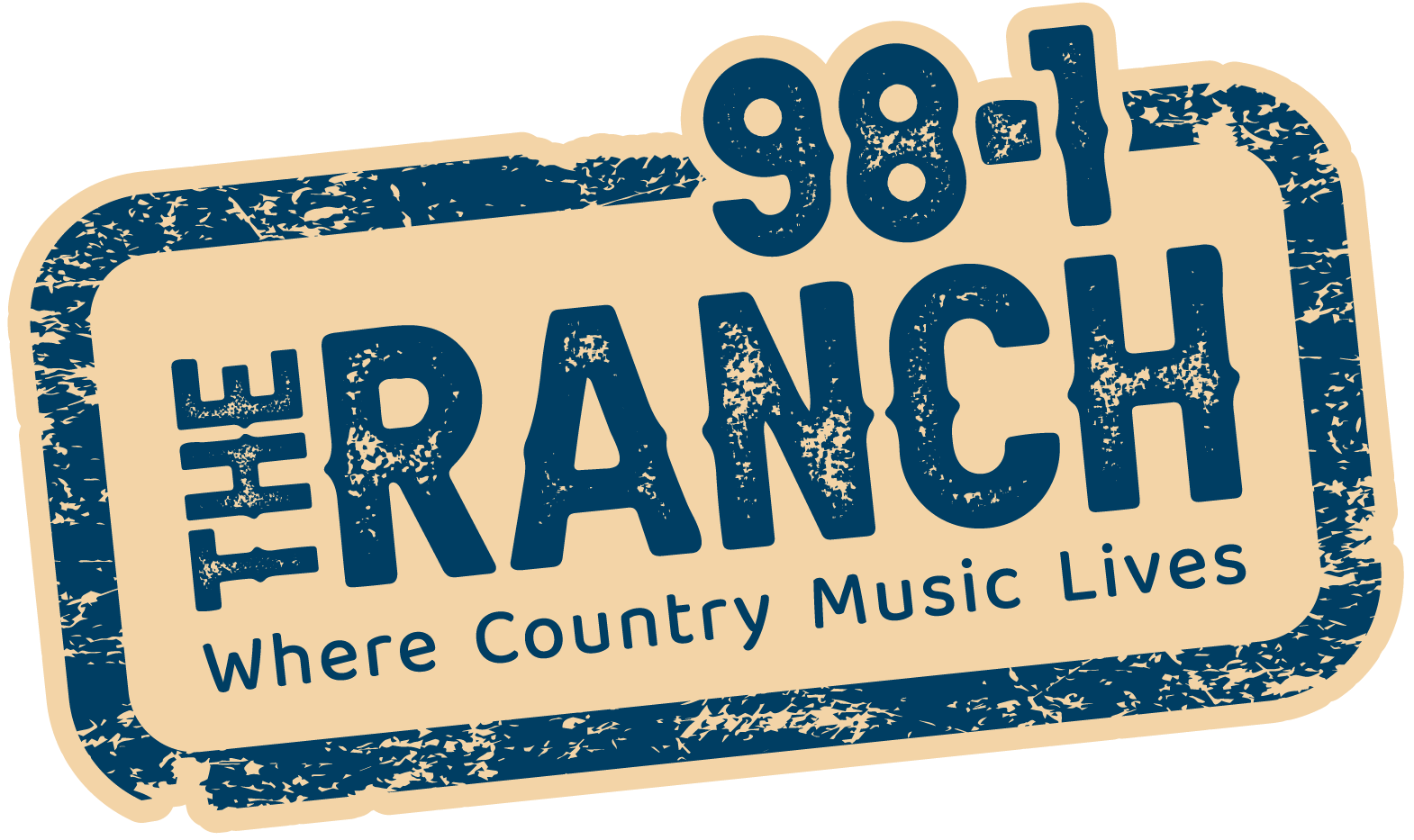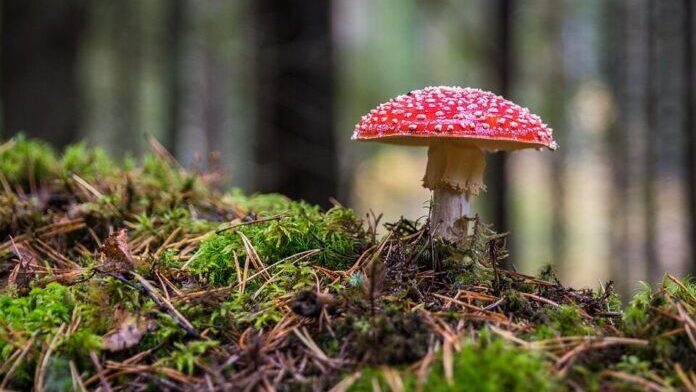The Town of Fox Creek, along with several partners, is exploring a new option to build resilience in Alberta’s forests with hopes to keep the province out of truffle as wildfires continue to pose a threat during the warm season.
The “Enhancing Alberta’s Resilience to Forest Fires with Mycological Research Project” will explore the use of mushrooms in wildfire prevention and management in Alberta’s Boreal Forest, with a test site in Fox Creek.
The three-year study will see collaboration between the Town of Fox Creek, Portage College, the Alberta Mycological Society, and the Government of Alberta, and is described by Research Chair Michael Shulz as- “an option to create better circumstances with wastewood, [by] breaking down and reducing the risk of wildfire in that material through a natural means, as opposed to traditional methods like burning.”
Why Fox Creek
The effects of wildfires can be felt throughout Northwestern Alberta, with so much of the local forest area burning, leaving thousands of residents evacuated and worried about their homes.
Fox Creek’s Emergency and Safety Coordinator Samantha Benton says the town is no stranger to wildfire devastation, both physically and emotionally for residents- so participation is a worthwhile endeavour.
“We wanted it to be based here because we’re a forest community.”
“Back in 2023, in May, Fox Creek was evacuated for three weeks, and that’s a big stressor,” she says. “Fires cost a lot of money, not only for fire departments and rebuilding, but insurance, plus the mental toll, so by using mushrooms, mitigating it, using something natural that’s around, we can hopefully reduce some cost there.”
Following the opening ceremony on March 14th in Fox Creek, the project officially entered the research phase of its several step process. Benton says the hope is of course success, so the project’s findings may be scaled to an even higher level, further contributing to wildfire prevention in Alberta.
“The first step is the research, figuring out which exact species work best with each other, which climates, seeing how the weather goes, and then once we get that research and that base, then we’re going to start practicing and then hopefully put it out on a big scale,” she says. “Success for this would be being able to find multiple mushrooms or fungi that are local, that break down our trees quickly.”
Natural, cost-effective mitigation
One point Benton and her colleagues continue to drive home is mushrooms and fungi being “natural” and “cost-effective” options for wildfire mitigation.
Benton says taking advantage of certain fungi’s ability to not only break down wood, but also retain moisture is a simple way to mitigate wildfires in an area by using it’s own natural resources.
“Mushrooms are everywhere, they’re around, so by getting more local, once we can start putting them in, they’re already out there,” she says. “By using mushrooms, we can break down the wood, we can create more moisture, we can lower the temperature, so using something natural to help instead of being responsive and reactive to the fires, kind of stopping them before they start.”
The bulk of the science and research side of the project will be completed under the supervision of Michael Shulz- a mycologist and instructor at Portage College, who has taken on the role of Research Chair for the project.
While the question of its cost effectiveness remains, Shultz says it is “anticipated” the project will carry at least some cost savings, simply due to less man power being required when compared to other strategies.
“We would anticipate that this is something that can be more easily applied, could be done at any time of the year, and done potentially with less man power,” he says. “Rather than creating little pockets of these little environments that don’t tend to do much on the landscape, these little pockets of burns we often get, rather than that- creating something more natural, so that nutrient cycle that helps to sequester more of the carbon and the nutrients rather than it going up into the atmosphere.”
Local fungi
Alberta’s mushroom population boasts well over 1,000 unique species, each with their own characteristics. Shulz says this is an important factor to consider during projects like this, so choosing local fungi is best practice as they will already be well-suited to thrive in an environment.
“You want to use stuff that’s well adapted to the local environment, local climate, local forests, the genetics even of the trees- there’s all kinds of things that could potentially interact,” he says. “We also don’t want to introduce things from other areas that might, heaven forbid, introduce a new species that becomes invasive and starts to push out native species, that would be absolutely terrible.”
The province’s robust fungal population also poses some unique issues when it comes to identification. According to Marvin Osis with the Mycological Society, mushrooms almost always have a lookalike- poisonous or otherwise, so the society’s role will largely be one of information storage, and naturally, citizen science.
“There’s a mushroom, the common name is ‘Poison Pie’ which is quite poisonous in Europe- we have exactly the same mushroom here in Alberta, except ours isn’t poisonous, but we don’t have a better name to call it, so it’s this process until science catches up and we find out that this is actually something different, and this is all typically done by amateurs, because there just isn’t enough mycologists,” he says.
Prevention vs reduction
When it comes to wildfire prevention as a whole, Schulz says it’s best to think of this project as just one piece of the puzzle.
“When it comes to major problems like the Boreal Forest being on fire, there’s never going to be a single solution that is going to fix everything,” he says.
Schulz adds that any time wildfire risks can be mitigated, whether it’s through waste wood management like in this case or larger prevention efforts like fire guarding, it is worthwhile, especially as the province continues to navigate a lengthy wildfire season.
“It’s a piecemeal approach, so this kind of project is not going to solve the wildfire problem in the Boreal Forest, but it’s going to reduce it in certain situations where we’ve got waste wood that we need to get rid of, it’s a fire hazard, so how do we get rid of that safely and ecologically friendly.” he says.
Looking ahead
The project will be piloted over the next three years to assess results and refine strategies, before eventually scaling up to the provincial level, and potentially across the country.
-Story by Ethan Montague







